Awell-written logo design brief is what puts designers on the right track towards designing the perfect logo for your business. Before you start your brief, it’s important to understand the key components of a creative brief, as well as some useful design language to help you describe what you want. By the end of this guide you will be capable of writing logo briefs that empower designers to create the perfect mark for your company.
What is a logo design brief?
—
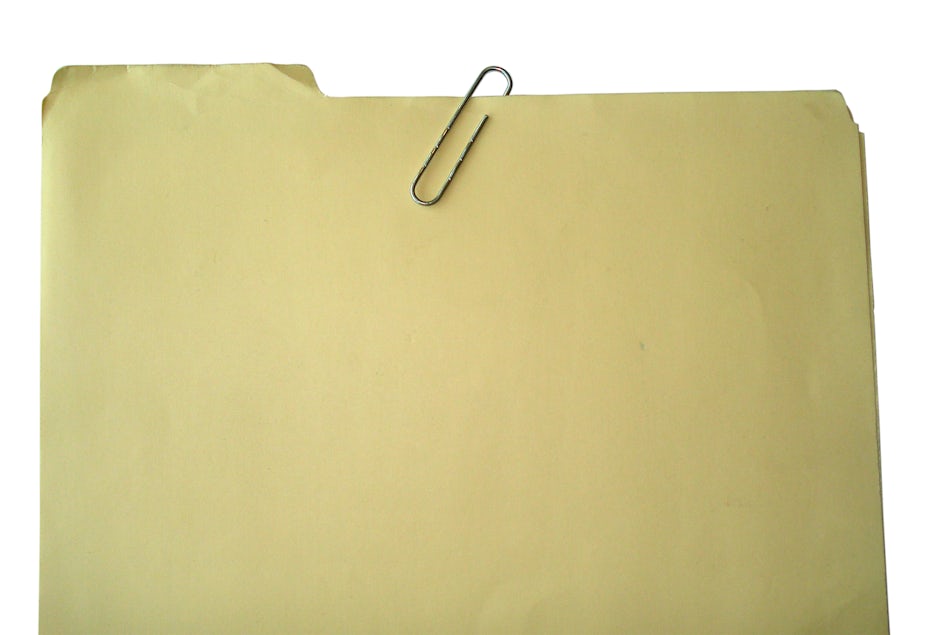
A logo design brief is a document that provides a designer all of the information needed to create a logo for you. It commonly outlines fundamental information about the business, the desired design style, the project timing and the budget. Any miscommunication on these points could lead to a disconnect between you and the designer (and a logo that’s off-mark), so let’s make sure you are prepared to write each step!
1. Provide information about your business
—
While it’s easy (and fun) to jump into the visual aspects of a logo design brief, it’s always better to start with the why. In this case, background information on you and your business. After all, graphic designers are more than just computer operators: they understand people, products, industries and how to choose compatible aesthetics for these aspects.
Describe your product, target audience and industry
Good designers know which design techniques work well for different types of products, audiences and industries, so this is a good place to go into detail. Think about sharing your product materials, manufacturing process, customer lifestyles or other industry competitors you have.
Describe your brand values
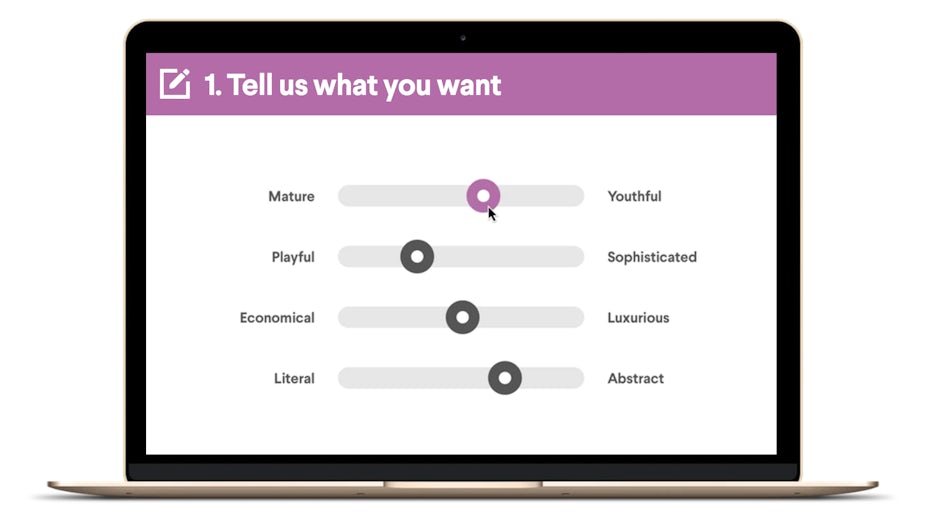
Different brand values also translate to different design styles. When explaining your brand values it might help to think of different value spectrums, such as modern vs vintage, fun vs sophisticated or young vs mature. Designers can render these values visually with design elements. Notice the stark difference between a fun logo and a sophisticated logo:

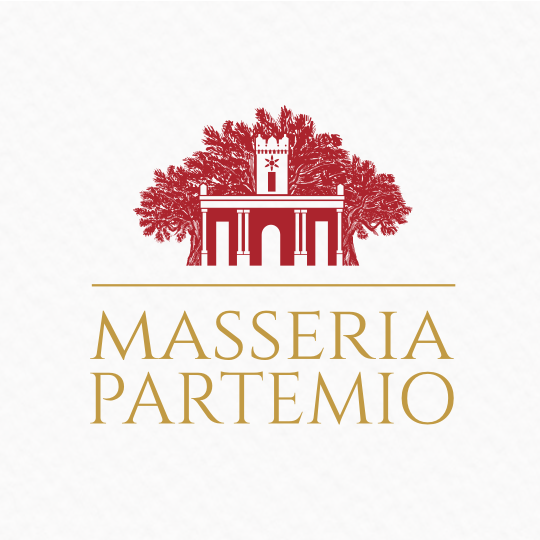
Provide your company name
While this one seems obvious, it’s often overlooked. Make sure you specify exactly how it should be presented: what case do you want the letters in? Are there spaces between words? Does it matter if everything appears on one line or multiple lines?
Provide your company slogan (if needed)
In some cases, slogans are embedded into a design and can’t be removed from a logo. Think long and hard about whether you want one in your logo. Or, if you want something more flexible, you can make sure to let your designer know you need it to be removable. Keep in mind, however that, this will lead to more design files to keep track of (and possibly a higher design cost, depending on how you’ve chosen to create your logo).
2. Communicate your desired logo style
—
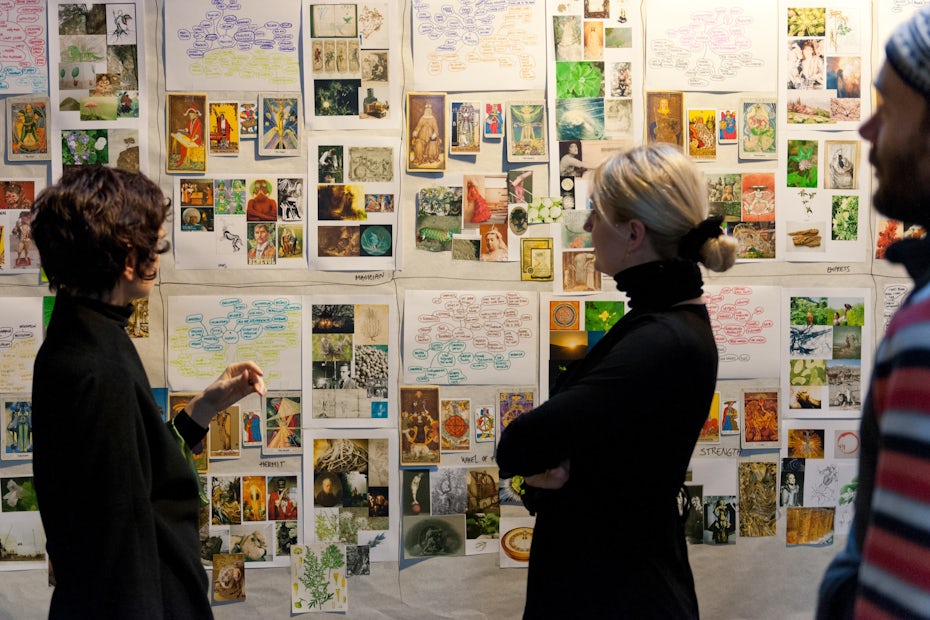
Express what logo type you need
Wordmark? Emblem? Abstract mark? If these sound new to you, check out our article on the 7 types of logos. Specifying your desired logo format will save you and your designer(s) a lot of time during the design process. If you’re not totally sure on the format, feel free to suggest a couple formats that you think might work. Your designer(s) might be able to show you a couple different options.
Design style
In addition to logo type, you can mention style as well. Some examples of logo design styles are vintage, flat, minimal, or skeuomorphic.
Colors
Good designers will know exactly which colors are right for your company. With that said, color suggestions are welcome in a brief. Your suggestions can be as general as “blue and black”, or for a more specific suggestion you can include images containing examples of specific color values your are seeking.
Inspiration (e.g. mood board)
A mood board can be a place for many things. Here you can include photos featuring nuanced color palettes, photos of logo applications you have in mind (beer coasters, wooden signs), photos featuring elements of other logos you like, or even a pre-existing logo your business might have that you want to evolve.
3. Clarify timing and budget
—
Timing
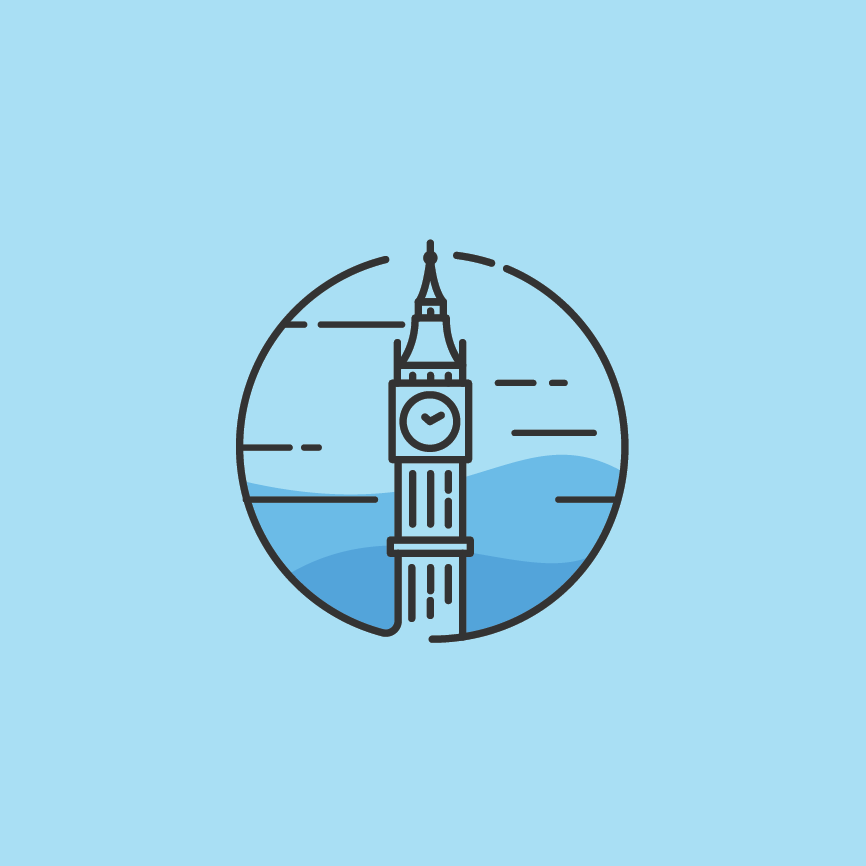
The design process is just that: a process. While creating a great logo design can happen unexpectedly in a few hours, it often requires a period of experimentation and exploration on the part of the designer. For this reason, allowing more time to designers will increase your chances of receiving amazing designs.
While designers are more than willing to work rush jobs, do your best to plan ahead and start the design process well before your business launch. Give your designer(s) a time frame that allows for revisions. On 99designs it typically takes 1-2 weeks to get logo, but can be longer if working with a freelancer or agency. It’s best to budget 2-4 weeks (or be willing to pay more for a rush!)
Budget
It can be awkward to talk about money, but it’s necessary if you have a budget and need to stick to it! Make sure you clarify if the designer works on a per-project or hourly basis. If they’re per-project, clarify how many versions and revisions of the logo you’ll get. If they work hourly, ask them approximately how long they think your project will take.
In most cases, the term “you get what you pay for” is accurate when it comes to logo design. While you might get lucky and strike gold with a novice designer, paying experienced designers a fair price for their time will yield reliable results. If you are unsure of what you should be paying for a logo you can start by reading our article on logo cost. In addition you can call or ask around for some quotes.
Want more logo design tips? Learn how to design a logo here.



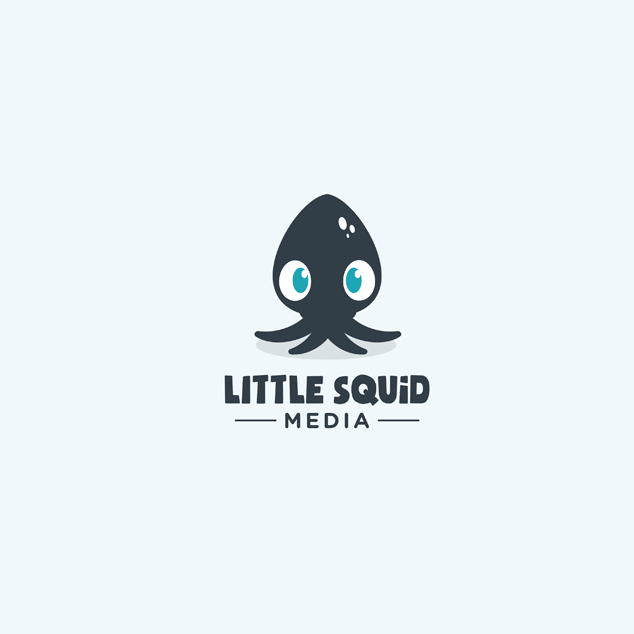




0 Comments